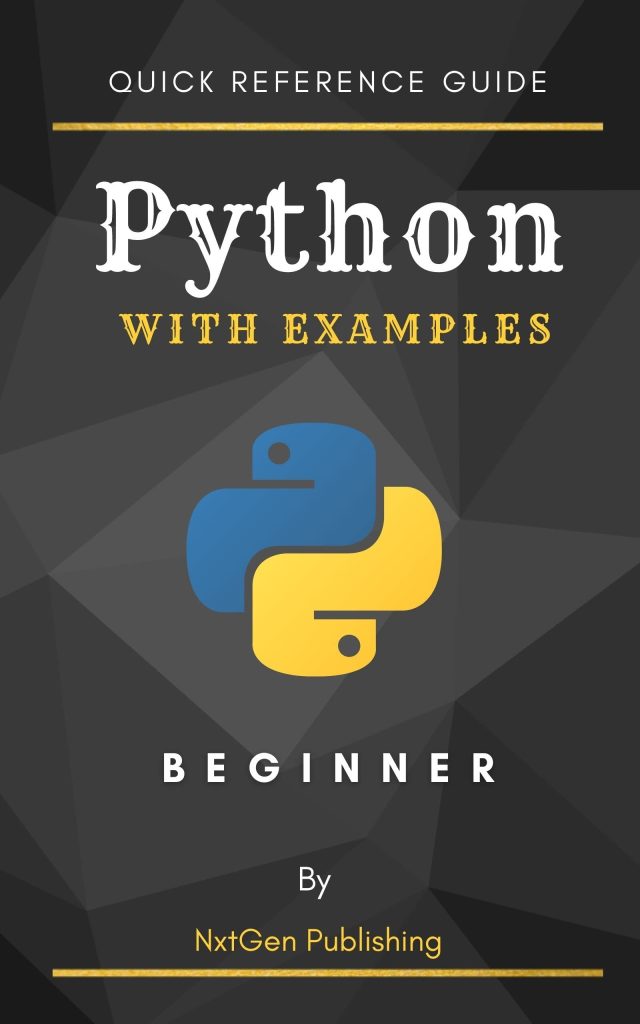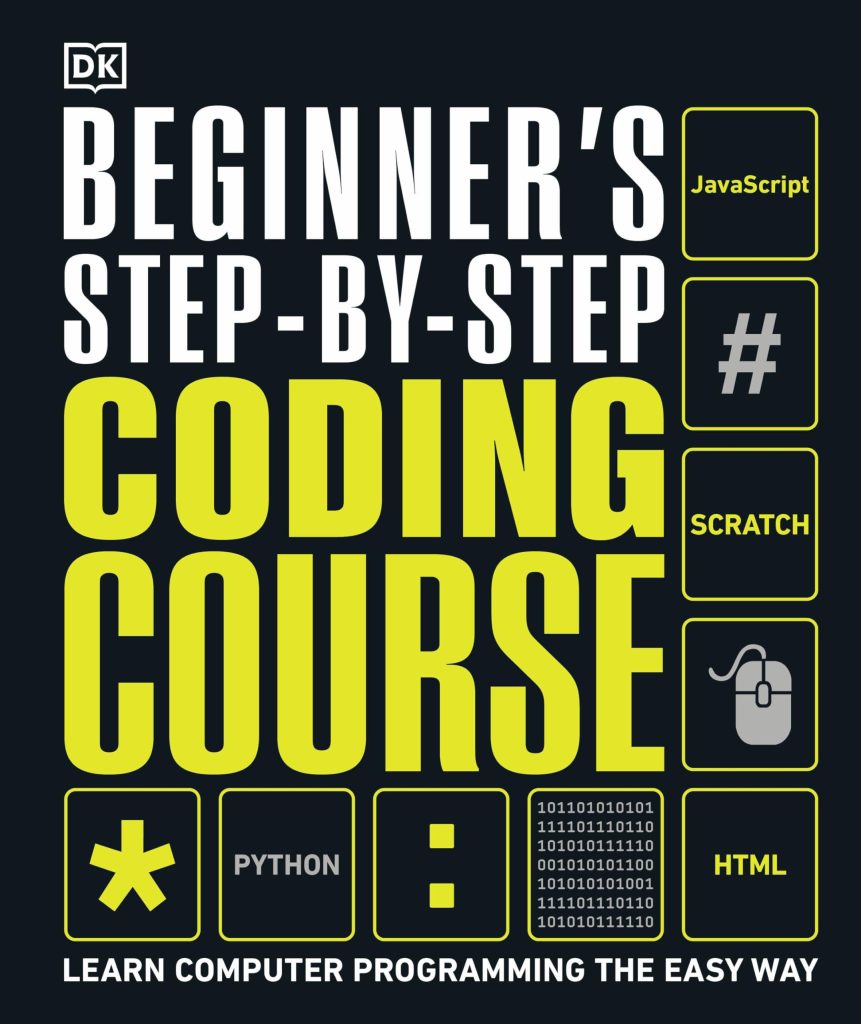
Model validation is a critical step in the machine learning workflow. It helps us to assess the performance of our model on unseen data and to estimate how well it will generalize to new, unseen examples. There are several techniques that can be used for model validation, each with its own advantages and disadvantages. Here, we will discuss some of the most commonly used model validation techniques.
One of the simplest and most widely used model validation techniques is the holdout method. In this approach, the dataset is split into two parts: a training set and a testing set. The model is trained on the training set and then evaluated on the testing set. This technique is simple to implement but has the drawback that the performance may highly depend on the particular split of the data.
from sklearn.model_selection import train_test_split X_train, X_test, y_train, y_test = train_test_split(X, y, test_size=0.2) model.fit(X_train, y_train) model.score(X_test, y_test)
Another popular technique is k-fold cross-validation. In k-fold cross-validation, the dataset is split into k subsets (or folds), and the model is trained and evaluated k times, each time using a different fold as the testing set and the remaining folds as the training set. This technique provides a more robust estimate of the model’s performance, as it’s evaluated on multiple, independent testing sets.
from sklearn.model_selection import cross_val_score scores = cross_val_score(model, X, y, cv=5) print(scores) print(scores.mean())
Leave-one-out cross-validation (LOOCV) is a special case of k-fold cross-validation where k is equal to the number of data points in the dataset. This means that each data point is used as the testing set exactly once. While LOOCV provides a very unbiased estimate of the model’s performance, it is computationally expensive, especially for large datasets.
from sklearn.model_selection import LeaveOneOut loo = LeaveOneOut() scores = cross_val_score(model, X, y, cv=loo) print(scores.mean())
Bootstrap methods are another commonly used validation technique. The bootstrap involves sampling with replacement from the dataset to create multiple new training sets. The model is then trained and evaluated on each of these bootstrap samples. This technique allows us to estimate the variability of the model’s performance.
from sklearn.utils import resample
scores = []
for i in range(1000):
X_train, y_train = resample(X, y)
model.fit(X_train, y_train)
score = model.score(X_test, y_test)
scores.append(score)
print(np.mean(scores))
Each of these model validation techniques has its own strengths and weaknesses, and the choice of which technique to use should be based on the specific context and requirements of the problem at hand.
Cross-Validation Strategies for Robust Evaluation
Stratified k-fold cross-validation is a variation of k-fold cross-validation that’s particularly useful when dealing with imbalanced datasets. In stratified cross-validation, the folds are created in such a way that each fold contains approximately the same proportion of class labels as the original dataset. This ensures that each class is appropriately represented in both the training and testing sets, providing a more accurate assessment of the model’s performance.
from sklearn.model_selection import StratifiedKFold
skf = StratifiedKFold(n_splits=5)
scores = []
for train_index, test_index in skf.split(X, y):
X_train, X_test = X[train_index], X[test_index]
y_train, y_test = y[train_index], y[test_index]
model.fit(X_train, y_train)
scores.append(model.score(X_test, y_test))
print(np.mean(scores))
Another advanced technique is time series cross-validation, which is essential when dealing with time-dependent data. In this approach, the data is split based on time, with the training set consisting of all data points up to a certain time point, and the testing set consisting of data points after that time. This mimics the real-world scenario where the model is used to predict future events based on past observations.
from sklearn.model_selection import TimeSeriesSplit
tscv = TimeSeriesSplit(n_splits=5)
scores = []
for train_index, test_index in tscv.split(X):
X_train, X_test = X[train_index], X[test_index]
y_train, y_test = y[train_index], y[test_index]
model.fit(X_train, y_train)
scores.append(model.score(X_test, y_test))
print(np.mean(scores))
Choosing the right cross-validation strategy very important for obtaining a reliable estimate of the model’s performance. It is often useful to experiment with different techniques to determine which one provides the most accurate and consistent results for your specific problem.
Advanced Performance Metrics for Model Assessment
When it comes to assessing the performance of a model, it is essential to look beyond the traditional accuracy score. Advanced performance metrics can give us a deeper insight into how our model is performing and can help us identify areas where the model may be struggling. Some of the advanced metrics that are commonly used include precision, recall, F1 score, ROC AUC score, and confusion matrix.
Precision is a measure of the number of true positives divided by the number of true positives and false positives. It tells us how many of the items identified as positive by the model are actually positive. Precision is particularly useful in scenarios where the cost of a false positive is high.
from sklearn.metrics import precision_score precision = precision_score(y_test, model.predict(X_test)) print(precision)
Recall, also known as sensitivity, is the number of true positives divided by the number of true positives plus the number of false negatives. It measures the model’s ability to find all the relevant cases within a dataset. High recall is important in situations where missing a positive is more detrimental than getting a false positive.
from sklearn.metrics import recall_score recall = recall_score(y_test, model.predict(X_test)) print(recall)
The F1 score is the harmonic mean of precision and recall, and it provides a balance between the two metrics. It’s useful when we want to seek a balance between precision and recall and there is an uneven class distribution.
from sklearn.metrics import f1_score f1 = f1_score(y_test, model.predict(X_test)) print(f1)
The ROC AUC score is the area under the receiver operating characteristic curve. It provides an aggregate measure of performance across all classification thresholds. A model with an AUC closer to 1 indicates a better performance.
from sklearn.metrics import roc_auc_score roc_auc = roc_auc_score(y_test, model.predict_proba(X_test)[:, 1]) print(roc_auc)
The confusion matrix is a table that is often used to describe the performance of a classification model. It provides a visual representation of the model’s performance by showing the actual versus predicted classifications.
from sklearn.metrics import confusion_matrix cm = confusion_matrix(y_test, model.predict(X_test)) print(cm)
These advanced performance metrics can provide a more nuanced view of the model’s performance and should be considered alongside traditional metrics like accuracy. By using a combination of these metrics, we can gain a better understanding of the model’s strengths and weaknesses and make more informed decisions about how to improve it.
Hyperparameter Tuning and Model Selection
Hyperparameter tuning is an important step in optimizing the performance of machine learning models. Hyperparameters are the parameters of the algorithm that are not learned from the data but are set prior to the training process. Choosing the right set of hyperparameters can make the difference between a mediocre model and a highly accurate one.
Grid search is a common method for hyperparameter tuning, where we define a grid of hyperparameter values and train a model on each possible combination of those values. This method is exhaustive but can be very time-consuming.
from sklearn.model_selection import GridSearchCV
param_grid = {
'C': [0.1, 1, 10, 100],
'gamma': [1, 0.1, 0.01, 0.001]
}
grid_search = GridSearchCV(SVC(), param_grid, cv=5)
grid_search.fit(X_train, y_train)
print(grid_search.best_params_)
Randomized search is an alternative to grid search, which samples a fixed number of hyperparameter combinations from specified probability distributions. This method is less exhaustive but can be much faster and often yields similar results.
from sklearn.model_selection import RandomizedSearchCV
param_distributions = {
'C': [0.1, 1, 10, 100],
'gamma': [1, 0.1, 0.01, 0.001]
}
random_search = RandomizedSearchCV(SVC(), param_distributions, n_iter=10, cv=5)
random_search.fit(X_train, y_train)
print(random_search.best_params_)
Bayesian optimization is another technique for hyperparameter tuning that builds a probabilistic model of the function mapping from hyperparameter values to the target evaluated on the validation set. It then uses this model to select the most promising hyperparameters to evaluate in the true objective function.
from skopt import BayesSearchCV
bayes_search = BayesSearchCV(
SVC(),
{
'C': (0.1, 100, 'log-uniform'),
'gamma': (1e-6, 1e+1, 'log-uniform')
},
n_iter=32,
cv=5
)
bayes_search.fit(X_train, y_train)
print(bayes_search.best_params_)
Once the best hyperparameters are found, model selection comes into play. Model selection involves comparing different types of models and selecting the one that performs best on the validation set. This process might involve comparing different algorithms, feature selection methods, or data preprocessing techniques.
from sklearn.ensemble import RandomForestClassifier
from sklearn.svm import SVC
from sklearn.linear_model import LogisticRegression
models = {
'random_forest': RandomForestClassifier(n_estimators=100),
'svm': SVC(C=1, gamma=0.01),
'logistic_regression': LogisticRegression()
}
for name, model in models.items():
scores = cross_val_score(model, X_train, y_train, cv=5)
print(f"{name}: {scores.mean()}")
Hyperparameter tuning and model selection are crucial steps in the machine learning pipeline. They allow us to optimize our models and select the best one for our specific problem, ultimately leading to better performance on unseen data.
Case Studies and Practical Applications
In this section, we will look at practical applications of the model validation and performance metrics techniques discussed earlier. These case studies will show how these methods can be applied in real-world scenarios to ensure that machine learning models are robust and reliable.
One common application of model validation techniques is in the financial industry for credit scoring models. These models are used to predict the likelihood of a borrower defaulting on a loan. In this case, it very important to have a model that is highly accurate and reliable. By using k-fold cross-validation and stratified sampling, analysts can ensure that their model is not overfitting to the training data and is generalizable to new, unseen borrowers.
from sklearn.model_selection import StratifiedKFold
skf = StratifiedKFold(n_splits=5)
scores = []
for train_index, test_index in skf.split(X, y):
X_train, X_test = X[train_index], X[test_index]
y_train, y_test = y[train_index], y[test_index]
model.fit(X_train, y_train)
scores.append(model.score(X_test, y_test))
print(f"Average score across 5 folds: {np.mean(scores)}")
In the field of healthcare, advanced performance metrics such as precision, recall, and ROC AUC score are vital for evaluating disease detection models. For example, in breast cancer detection using mammograms, it is more important to have a higher recall to ensure that all potential cases are identified, even if it means having some false positives.
from sklearn.metrics import recall_score
recall = recall_score(y_test, model.predict(X_test))
print(f"Recall: {recall}")
Hyperparameter tuning and model selection are also widely used in natural language processing (NLP) applications. For instance, in sentiment analysis models, where the goal is to classify the sentiment of a text as positive, negative, or neutral, the choice of hyperparameters can greatly affect the model’s performance.
from sklearn.model_selection import RandomizedSearchCV
param_distributions = {
'C': [0.1, 1, 10, 100],
'kernel': ['linear', 'rbf', 'poly']
}
random_search = RandomizedSearchCV(SVC(), param_distributions, n_iter=10, cv=5)
random_search.fit(X_train, y_train)
print(f"Best parameters: {random_search.best_params_}")
Lastly, in autonomous vehicle technology, model validation and performance metrics are essential for ensuring the safety and reliability of self-driving cars. Time series cross-validation can be particularly useful in this context as it allows the model to be tested on sequential data, which is representative of how the model will perform in real-time driving scenarios.
from sklearn.model_selection import TimeSeriesSplit
tscv = TimeSeriesSplit(n_splits=5)
scores = []
for train_index, test_index in tscv.split(X):
X_train, X_test = X[train_index], X[test_index]
y_train, y_test = y[train_index], y[test_index]
model.fit(X_train, y_train)
scores.append(model.score(X_test, y_test))
print(f"Average score across time series splits: {np.mean(scores)}")
These case studies underscore the practical importance of model validation and performance metrics in a variety of industries and applications. By carefully applying these techniques, data scientists and machine learning practitioners can build and deploy models that are not only accurate but also robust and reliable in real-world situations.






